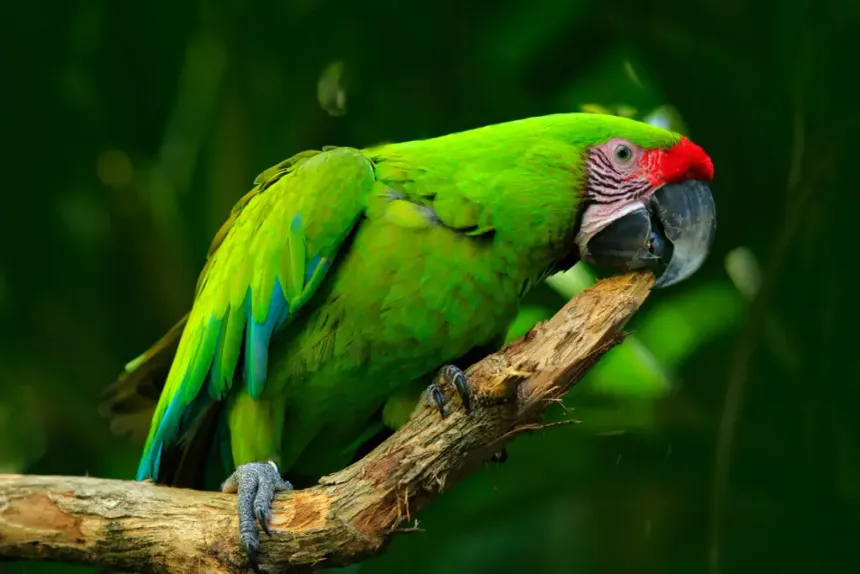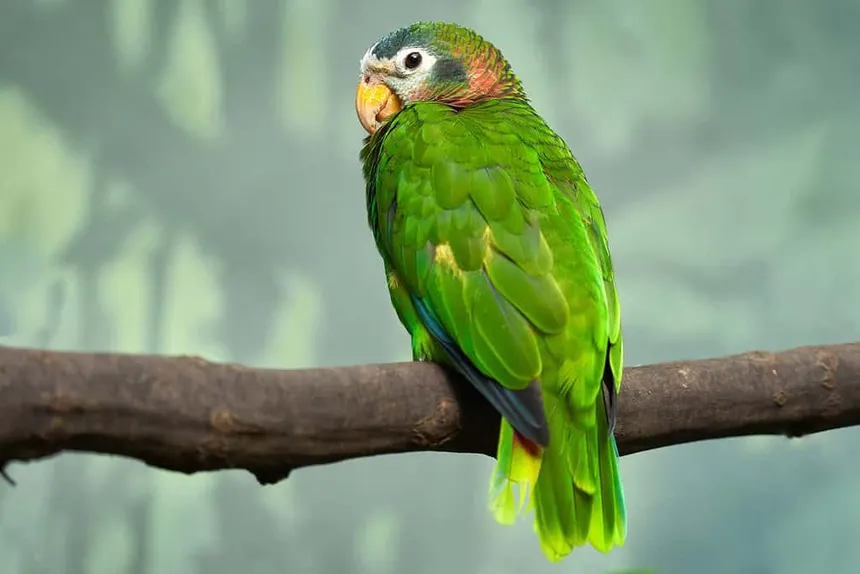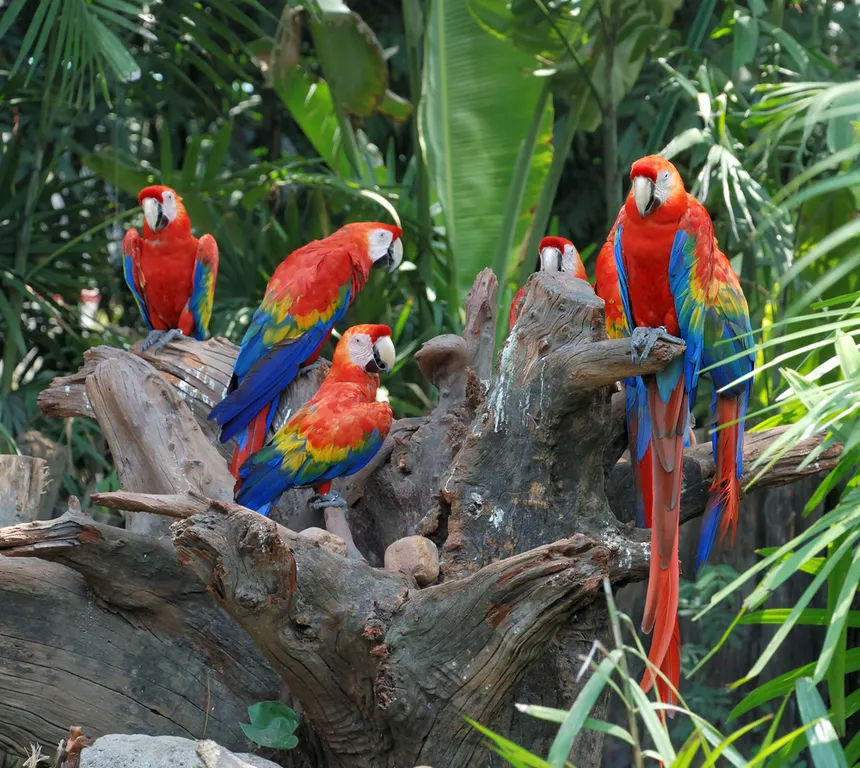Exploring the Colorful Habitats of Parrots Around the World

Parrots are among the most charismatic and intelligent birds on the planet. Known for their bright plumage, mimicking abilities, and social behavior, these birds inhabit a variety of regions across the globe. From lush tropical rainforests to dry savannas and even urban cities, parrots have adapted to a wide range of environments.
In this article, we’ll explore where parrots live, what types of environments they prefer, how they adapt to their habitats, and which species are found in different parts of the world.
1. Native Range: The Parrot Belt
Parrots are mostly native to the Southern Hemisphere, with the highest diversity found in South America and Australasia.
🌎 Major Parrot Regions:
- South and Central America (Amazon rainforest, Andes, Mexico)
- Australia and surrounding islands (New Guinea, Indonesia)
- Africa (particularly sub-Saharan regions)
- South and Southeast Asia
- Islands in the Pacific and Indian Oceans
While some species have been introduced or escaped into new regions (like the U.S. or Europe), most parrots are still concentrated in warm, humid, or tropical zones.
2. Rainforests: Parrot Paradise
The tropical rainforest is the most common and biologically rich habitat for parrots.
🌿 Features:
- Warm temperatures year-round
- High humidity and dense vegetation
- Abundant food: fruits, nuts, seeds, nectar, insects
🦜 Parrot Species Found:
- Macaws (e.g., Blue-and-yellow Macaw, Scarlet Macaw)
- Amazon parrots
- Eclectus parrots
- Pionus parrots
Parrots live in tree canopies, using their strong beaks and feet to navigate branches and chew tough fruits.
3. Woodlands and Savannas: Drier, But Still Home
Not all parrots need a rainforest. Some thrive in drier or more open habitats, such as woodlands, savannas, and scrubland.
Examples:
- African Grey Parrots (inhabit African forests and savanna edges)
- Cockatoos (many live in Australia’s dry bushlands and eucalyptus forests)
- Ring-necked Parakeets (adapt to open woodland and farmland)
These parrots may nest in tree hollows or cliffs and feed on seeds, grains, and dry vegetation.

4. Mountains and Highlands: Parrots at Elevation
Certain parrots live at surprisingly high altitudes.
Examples:
- Kea (New Zealand): Alpine parrot that lives in snowy, mountainous areas
- Thick-billed Parrot (Mexico): Found in pine forests of the Sierra Madre
- Monk Parakeets: Found in temperate highlands, especially in Argentina and introduced populations in the U.S.
These birds have adapted to colder conditions and may have slightly different diets and nesting habits than their tropical cousins.
5. Urban and Suburban Areas: City Parrots
With urban sprawl and habitat loss, some parrot species have adapted remarkably well to city life.
Examples:
- Monk Parakeets (thriving in U.S. cities like Chicago and New York)
- Ring-necked Parakeets (wild populations exist in London, Rome, and parts of Germany)
- Rainbow Lorikeets (common in urban areas of Australia)
They often live in parks, gardens, or rooftops and feed on fruit trees, bird feeders, or trash.
6. Island Dwellers: Parrots in Isolation
Some of the rarest and most endangered parrots live on remote islands, where isolation has shaped unique species.
Notable Examples:
- Kakapo (New Zealand): Nocturnal, flightless, and critically endangered
- Blue Lorikeet (French Polynesia): Found only on certain coral atolls
- Echo Parakeet (Mauritius): A conservation success story
Island parrots often suffer from habitat destruction and invasive species but are key focuses of conservation.
7. Parrots and Climate: Why Warmth Matters
Parrots are generally warm-weather birds. Most species cannot tolerate prolonged cold or freezing temperatures. This is why parrot biodiversity drops dramatically outside the tropics and why they are rarely found in northern or polar regions.
However, some species—like the Kea and Thick-billed Parrot—have adapted to chillier zones with specialized behaviors and diets.

Conclusion: A World of Colorful Homes
Parrots live in a wide range of environments, from lush rainforests and tropical islands to dry grasslands and urban jungles. Their adaptability, intelligence, and social nature help them survive in both wild and human-altered environments. However, many parrot species are threatened by deforestation, climate change, and the pet trade.
Understanding where parrots live helps us appreciate their role in ecosystems and the importance of protecting their habitats.



